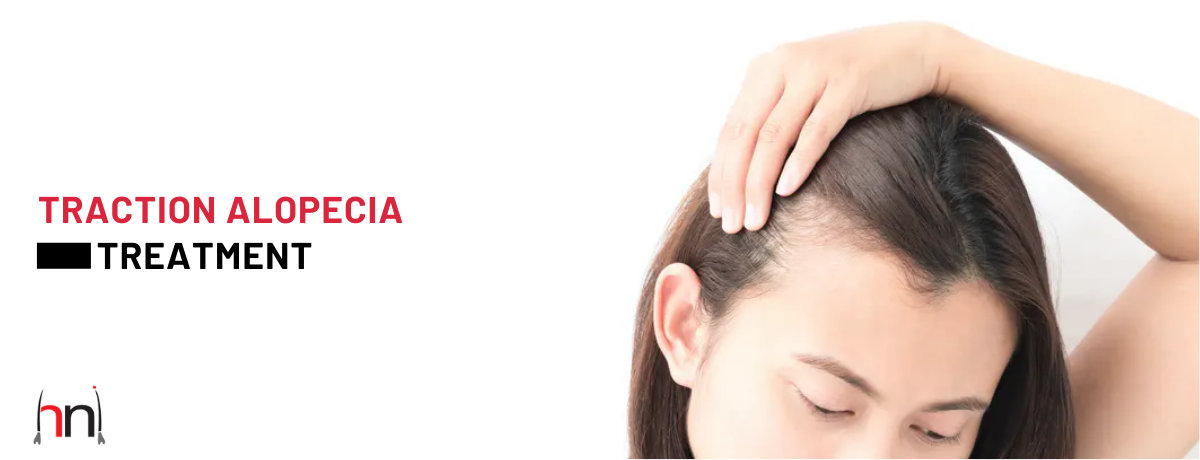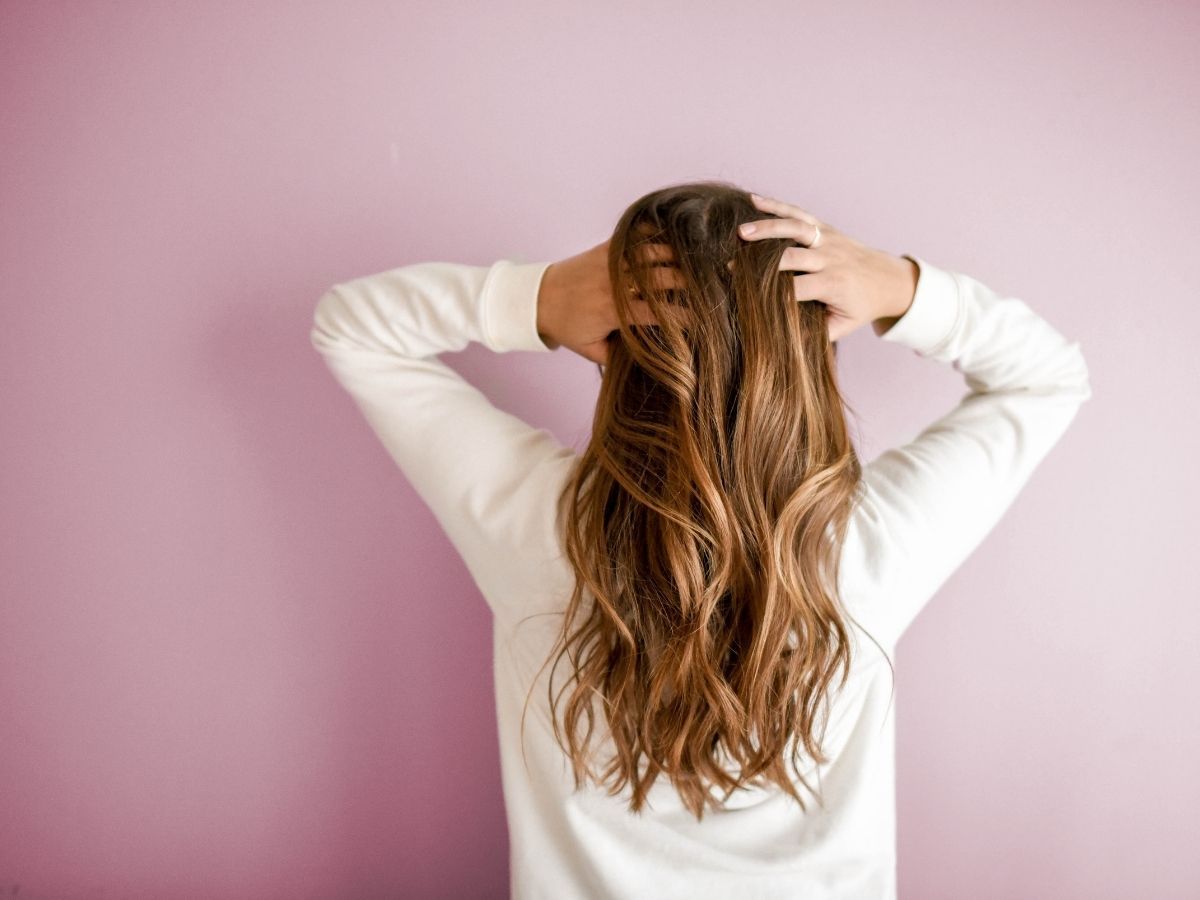Are you aware that regularly wearing your hair in ponytails or tight buns can cause a condition known as traction alopecia? Many women in Surat are used to tying their hair like this.
Because of their busy lives, they find it convenient to hold their hair in tight ponytails or buns. However, this convenience is severely damaging their hair.
Traction alopecia is a form of hair loss. It occurs when you frequently pull on your hair. Even though tying your hair may seem convenient to hold it, yet not knowing its risks may bring a lasting effect on your hair.
In this article, we have discussed how you can treat and prevent traction alopecia.
How to Treat Traction Alopecia?
1. Change your hairstyle
Never try tight hairstyles when you have traction alopecia symptoms. If you need to tie your hair, try keeping it loose. Give your hair some rest; avoid clips, clutches, or bands. Do new hairstyles after few days. It will not strain a specific area of your scalp.
2. Limit chemical usage
Use fewer chemicals on your damaged hair as the condition will get worse. Instead, try plant-based cosmetics or remedies. It can give you good results and save your hair from chemicals.
3. Hair growth products
Hair growth products will assist you with such a condition. Studies suggest that nearly forty percent of individuals try minoxidil to regrow hair. You can use minoxidil for treating traction alopecia after discussing it with your doctor. Also, there are other methods that you can try to encourage your hair growth.
4. Use anti-inflammatories
Traction alopecia swells your scalp, which can get painful. Irritation and redness can occur with swelling. An anti-inflammatory cream reduces pain and swelling. Consult your specialist before taking any such medicines.
5. Seek medical help
If you do not have new hair growth after taking preventive steps for a few months, you must seek medical attention. Your follicles may be damaged, and your hair may not return to its normal state if there is any scarring.
Consult your specialist to get proper medicines for yourself. Severe traction alopecia cases may require your visit to a hair transplant clinic in Surat. Now that you know some of the general things you can use to treat traction alopecia let us discuss some home remedies.
Home Remedies for Traction Alopecia
1 . Add protein to your diet
Your body requires protein for growing hairs. Few healthy dietary protein sources are eggs, beans, fish, lean, meats, nuts, and seeds. Not everyone needs similar protein amounts as it changes depending on physical activity and muscle mass.
2. Increase iron intake
Your body also requires iron to grow new hair. Your diet must comprise foods like spinach, pumpkin, tofu, lentils, seeds, and white beans if you have hair loss.
3. Aromatherapy
Aromatherapy helps to stimulate your hair growth. Essential oils like cedarwood, lavender, tulsi, thyme, and rosemary can assist treat traction alopecia. When you use essential oils on your scalp, blend a few drops into a base oil like coconut oil.
4. Massage your scalp
Massage your scalp using oil. It can stimulate the blood’s flow to your follicles, encouraging hair growth. A study suggested that four minutes of scalp massage each day can result in thicker hair in six months. You can utilize your fingertips to massage the scalp in a circular motion or buy a massage device to do the work.
How to Prevent Traction Alopecia?
Keep your hair low because it is the best way to avoid traction alopecia. If you must tie your hair, do it in a loose hairstyle. The following are a few things you can do to avoid this condition:
- If it is possible, try new hairstyles each week. This can include substituting between ponytails or braids
- Avoid tying your hair while it is wet
- Avoid using rubber bands to hold your hair. They pull out your hair when untying
- Avoid using chemical hair procedures, especially if you wear braids or weaves. The chemicals may damage your hair
- Avoid keeping your weaves or extensions for long periods
- Do not use hair relaxers
- If you got a hairdryer, keep it at a low temperature
- Avoid sleeping with hair rollers on
- Alter your hairstyle more frequently.
Your hair will be in a vulnerable state, even after your recovery from traction alopecia. So, take care of your hair even after your recovery. Utilize gentle hair care methods, adopt a healthy diet, and manage your stress.







